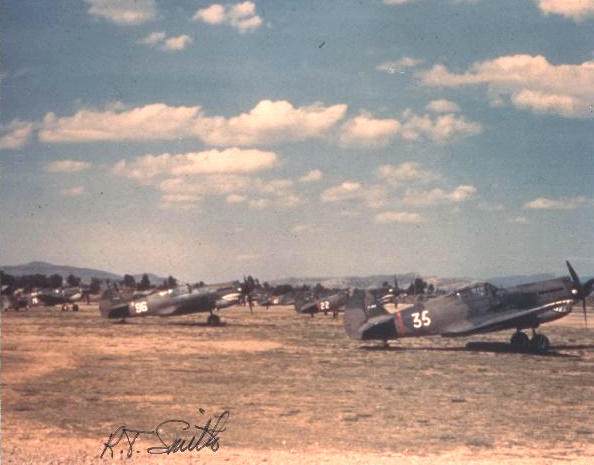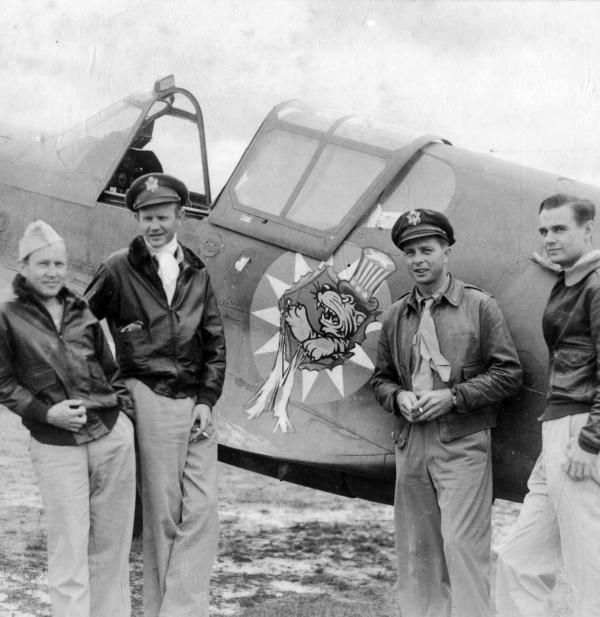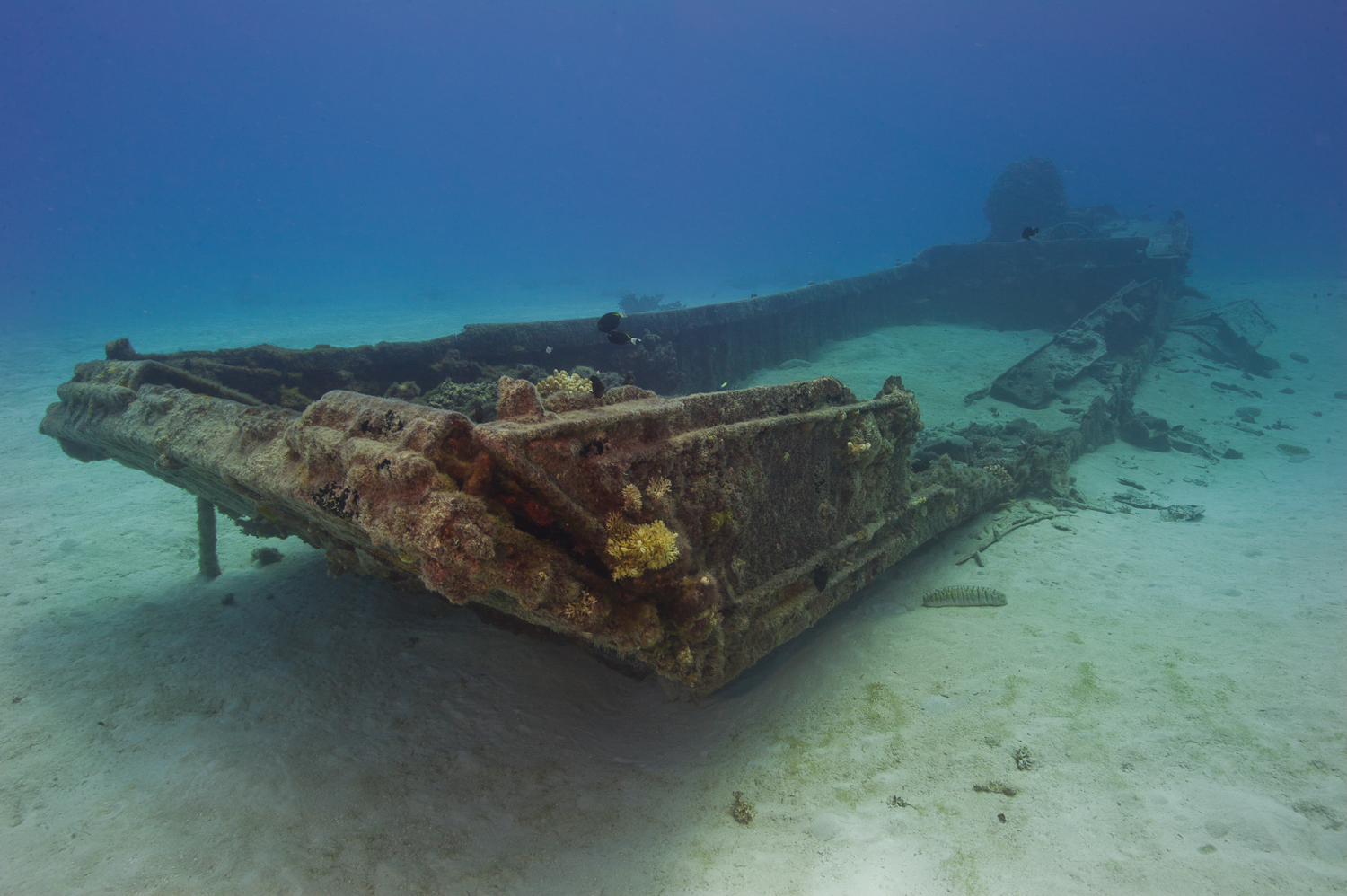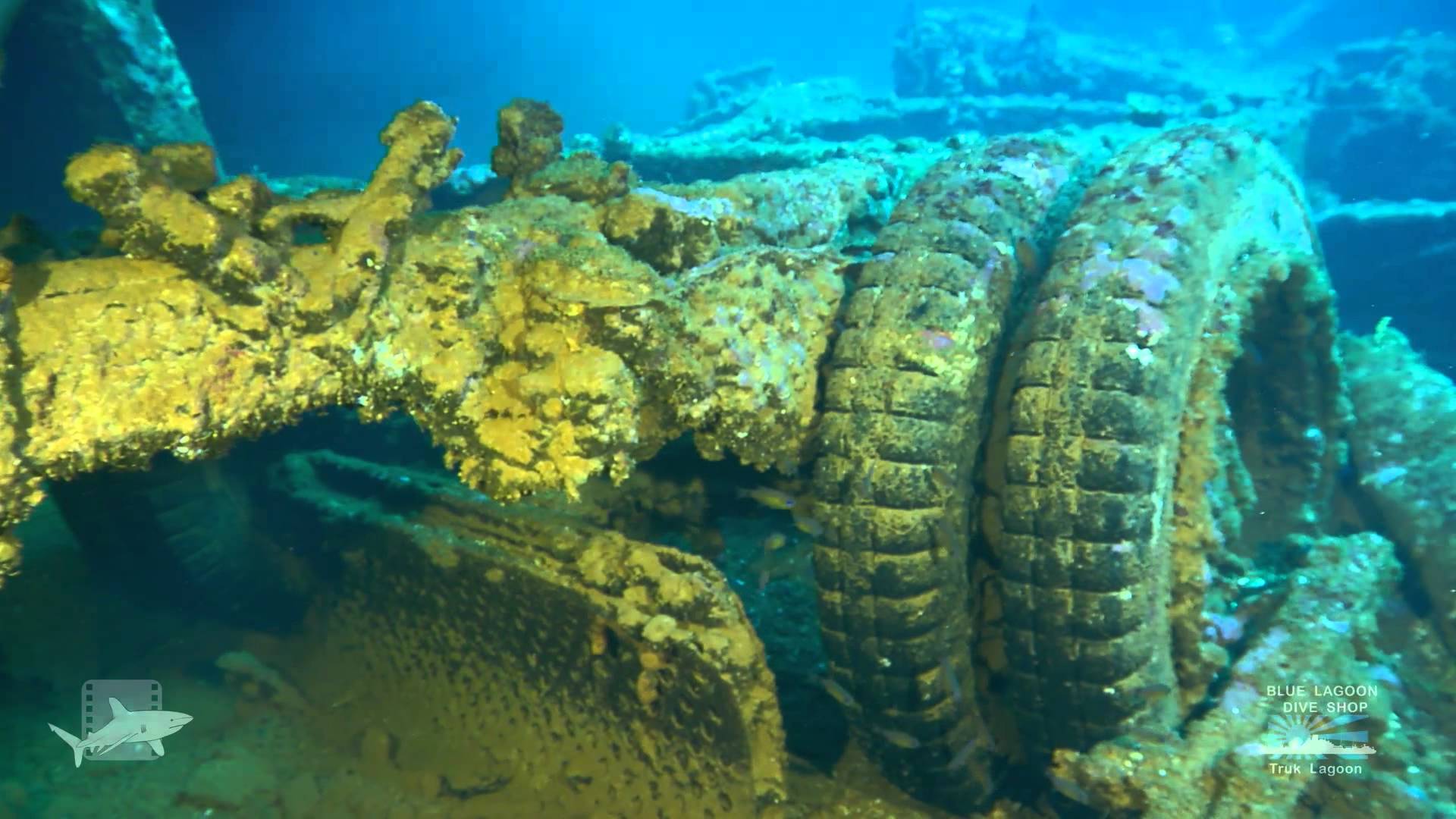AMERICAN VOLUNTEERS GROUP
The China Air Task Force was assigned to the 10-USAAF, but due to control difficulties, it was permitted to operate independently in the formulation of air plans and in carrying out air operations. The China Air Task Force operations represented a modest expansion of the American Volunteer Group effort. With the American Volunteer Group, a controlling factor that limited operations to a great extent was the shortages of aircraft, personnel, spare parts, gasoline, and other supplies. During its eight months of operation, the China Air Task Force accounted for 182 enemy aircraft destroyed, 87 probably damaged, 350 tons of bombs dropped on enemy installations, and 50.000 tons of enemy shipping sunk. On March 10, 1943, the 14-USAAF was activated from the China Air Task Force and became an independent air command responsible directly to the China-Burma-India Theater Commander. The 14-USAAF grew steadily from a small force to a relatively large force with strong striking potential. It conducted effective fighter and bomber operations along a 5000-mile front that extended from Chanking and Chengtu in the north to Indo-China in the south; from the Tibetan Plateau and the Salween River, in Burma, in the west, to the China Sea and the Island of Formosa in the east. The basic overall mission of the 14-USAAF was to prevent the Japanese occupation of all of China and the subsequent capitulation of the Chinese National Government. To accomplish this ambitious but imperative mission, the 14-USAAF struck and harassed the enemy from strategically located airbases in China.
 Taking full advantage of its interior positions, which were spotted on the hub of a semi-circle stretching from Ichang to Hankow and down around the coast to Canton and Hong Kong, the 14-USAAF was in a position to effectively attack the Japanese concentrated around the ring of this huge tub. The 14-USAAF jabbed the enemy off balance and kept him guessing by jumping all over the huge map of China. If the weather was unfavorable in northeast China. Chennault’s fighters and bombers concentrated their efforts on the rich targets to the south, often for days in succession. Time and time again the Japanese rushed reinforcements to the target area, thinking the Americans were intent on a prolonged attack on that particular spot. Having thus forced the opponent’s hand, Chennault would then either send his planes to strike at a relatively undefended area or concentrate on the target that the enemy had reinforced, whichever promised better results.
Taking full advantage of its interior positions, which were spotted on the hub of a semi-circle stretching from Ichang to Hankow and down around the coast to Canton and Hong Kong, the 14-USAAF was in a position to effectively attack the Japanese concentrated around the ring of this huge tub. The 14-USAAF jabbed the enemy off balance and kept him guessing by jumping all over the huge map of China. If the weather was unfavorable in northeast China. Chennault’s fighters and bombers concentrated their efforts on the rich targets to the south, often for days in succession. Time and time again the Japanese rushed reinforcements to the target area, thinking the Americans were intent on a prolonged attack on that particular spot. Having thus forced the opponent’s hand, Chennault would then either send his planes to strike at a relatively undefended area or concentrate on the target that the enemy had reinforced, whichever promised better results.
SUPPLY LIMITATIONS
In studying the operations of the air forces in China it is evidenced that the extent of the operations was tempered to a large degree, especially in earlier operations, by the limitations imposed by lack of adequate supply, coupled with the extreme difficulty of transporting supplies from India, and the subsequent distribution within China. Starting with 872 tons received in April 1943, the amount steadily grew each month reaching 6234 tons delivered in May 1944; thereafter the tonnages delivered increased from 12.537 tons in June 1944 to a peak month in July 1945 of 34.164 tons. The increase in tonnage paralleled the growth in strength of the 14-USAAF which reached its peak operating strength in 1945. In conducting counter-air force operations, the 14-USAAF employed the same units that were charged with the air defense of their own bases. Numerically inferior in aircraft to the Japanese until the early part of 1945, the Army Air Forces proved more than a match for the enemy, as evidenced by the eventual gain of air superiority in January 1945 which later was projected to complete supremacy of the air over China later in the year.
An example of the disastrous result experienced by the Japanese in their conflicts with the 14-USAAF is expressed in an analysis of the five major attacks by the Japanese against the airfield of Kunming in 1943. The enemy employed between 21 and 30 bombers and 20 to 50 fighters in each attack. Losses sustained destroyed, probably destroyed and damaged, totaled 150 aircraft. Opposition to these raids averaged twenty-five P-40s, one of which was lost and four of which were damaged. As a result of these high losses, the Japanese abruptly terminated their daylight bombing program in China. Thereafter, during the balance of 1944, they attacked at night in smaller numbers but with greater frequency. Lacking AA artillery and night fighters, the 14-USAAF employed day fighters in an attempt to break up these attacks. Only rarely were the day fighters successful when used at night. Japanese bombing was not accurate, however, and relatively little damage was done.
During the period November 26, 1943, and January 20, 1945, major offensive strikes included attacks against the Shinchiku Airdrome, Formosa; Pailochi, China; Tsinan Airdrome, China; Tsingtao, China; Shanghai Airdrome, China. In addition to inflicting substantial damage to the facilities in the areas, partial losses to enemy aircraft that rose in opposition amounted to 209 destroyed, 31 probably destroyed and 116 damaged. During the years 1943-1944, the Army Air Forces encountered determined opposition from enemy fighters defending critical installations. During 1945, however, the enemy showed a marked and increasing unwillingness to commit aircraft, even in the defense of his most important installations. By January 1945, Allied ground and air installations in China were immune to enemy air attack, and Army Air Force aircraft were ranging at will over Japanese-occupied areas without an interception. Air superiority has been established.
During the period 1942 to 1945, the Army Air Forces in China destroyed, probably destroyed or damaged, on the ground or in the air, a total of 4412 Japanese aircraft with their own losses for the same period totaling 468 aircraft. In addition, to defensive, and counter-air offensive, the 14-USAAF conducted extensive attacks on shipping, mining operations, railway and highway interdictions, attacks on troop concentrations, warehouse facilities, supply installations, and close support of the Chinese ground forces. Attacks on shipping during the period 1942 to 1945, including small boats resulted in claims totaling 2.292.249 tons of enemy shipping sunk, probably sunk, or damaged. The principal water area covered in these attacks embraced the sea lanes of traffic from the northern end of Formosa to Saigon. The area included Swatow, Hong Kong, Canton, Hainan Island, the Gulf of Tonkin, and the Port of Saigon. Minelaying operations constituted another phase of air force strategic air programs. Coordinated with sea sweeps of the southeast and south China Coasts, mining of harbor areas at Haiphong, Canton, Hong Kong, and at Shanghai was designed to reduce the availability of these ports to coastal shipping. Mining of the approaches to Canton was probably the chief factor in the prevention of a Japanese drive north from Canton in the summer of 1944. There can be no doubt that the mining operations took a substantial direct toll on Japanese shipping and had the indirect effect of markedly reducing the efficiency of shipping turnaround time. More intensive than the mining of coastal areas at irregular intervals was the continuous mining is undertaken against shipping in the Yangtse River. In the seven months beginning with October 1944, B-24s laid nearly 200 tons of mines in the Hankow, Seymour, Ward, and Blakenley reaches at and immediately downriver from Hankow. The damage caused by these mines has not been definitely ascertained, however, it can be said that the additional difficulty caused had a reducing effect on his ability to move supplies and, troops on the Yangtse River.
As easily as the American Volunteer Group, strafing and the bombing of railways, locomotives, freight cars, rail yards, and facilities have been lucrative and effective missions. These attacks continually disrupted the enemy movement of troops and supplies and were especially important as the Japanese advanced deeper into the interior. Tactical plans, in many instances, were altered when the supporting rail lines were rendered useless or incapacitated by American air action. The enemy tried for six years to build up the capacity of the railroads to a level commensurate with their needs. At least 75 percent of their failure can be attributed to the successive damage caused by the limited Allied air power in the China Theater. It appears logical, therefore, to estimate that, had a relatively small increase in airpower been available to permit the attack of the Tsinpu railroad and its key installations, the whole system would have collapsed, with consequent earlier termination of the Japanese campaign in south China.
The Chinese Army sorely lacked air support in its earlier campaigns. They provided targets that the Japanese bombed and strafed at will, with virtually no opposition from the air or in the form of antiaircraft guns. Lacking this support they were repeatedly cut up and forced to withdraw to fight on terrain which afforded them the most natural protection. The little assistance provided by the American Volunteer Group and later the China Air Task Force immeasurably increased their morale and combat capability. As the support increased with the arrival of more aircraft operating with the 14-USAAF, coupled with an increase in ground force strength provided by the United States and Britain, they were able to undertake offensive operations. The halt of some of the Japanese major drives can be traced directly to the close support provided by the Allied Air Forces. The best summation of the effect of Allied Air Force support of ground operations is indicated by the substance of statements made by high Japanese officers. They all agreed that their conquest of China Burma and India would have been successful, had not the Allied Air Forces interfered with their operations.






















